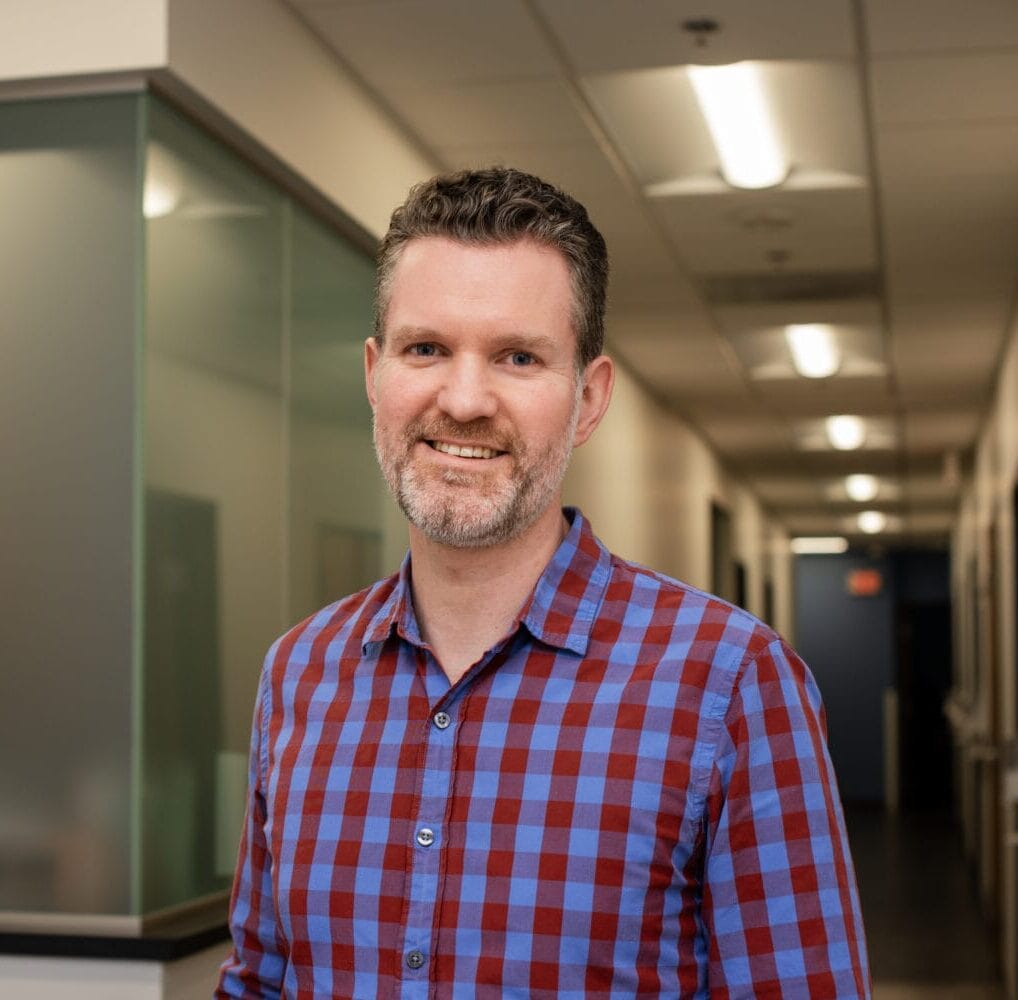College of Podiatric Medicine Dean lauded for pioneering work in amputation prevention
Western University of Health Sciences College of Podiatric Medicine Founding Dean Lawrence B. Harkless, DPM, has been named the 2013 honoree for the Edward James Olmos Award for Advocacy in Amputation Prevention, presented by the DFCon Global Diabetic Foot Conference.
The award will be presented at the DFCon meeting March 21-23, 2013 at the Loews
Hollywood Hotel in Los Angeles. DFCon, considered the foremost interdisciplinary,
international conference on the diabetic foot and amputation prevention, is co-chaired by George Andros, MD, and David G. Armstrong, DPM, PhD, MD.
Dr. Harkless has taught and mentored thousands of podiatric students, residents and interns. He is widely viewed as a leading pioneer in integrating podiatric medicine into mainstream medicine.
“No one has done more than Dr. Harkless in educating generations of young physicians
about treating the complications of diabetes and about preventing the tragedy of amputation,” said Dr. Armstrong, a former Diabetic Foot Fellow trained by Dr. Harkless while at the University of Texas Health Science Center at San Antonio.
Dr. Harkless continues to advocate for early treatment of diabetes and the prevention of amputations as the leader of WesternU’s Limb Preservation Center, set to open in April 2013 on WesternU’s Pomona, Calif. campus.
The Limb Preservation Center at Western University of Health Sciences was initiated to serve a growing population – patients at risk for amputation as a result of acute conditions or lack of treatment. The Center’s mission is to use the diagnostic skills of its highly-trained team of physicians, top-tier equipment, and innovative treatment techniques to prevent amputation, enhance mobility, and preserve quality of life.
The Limb Preservation Center is part of a unique collaborative care environment – The Patient Care Center at Western University of Health Sciences – that brings together specialists from a broad range of health sciences to comprehensively diagnose and treat patients throughout the PCC’s seven sub-centers.
When Dr. Harkless came to Pomona to establish a new College of Podiatric Medicine, he studied the area’s population and found that it was similar to the one he had experienced in South Texas. Both regions have a majority Hispanic population, and therefore he knew the need for diabetic foot care would be great. National survey data shows a higher prevalence of diabetes in Hispanic populations compared to other ethnicities.
“The need is great, and I knew that we could — and more important, should — develop a Center of Excellence in Limb Preservation here, training students and residents to serve the people. We want to be able to reach out to everybody,” Harkless said.
The co-chairs of the DFCon Global Diabetic Foot Conference, Drs. Armstrong and Andros, lead phenomenal amputation prevention teams at the University of Arizona and at Valley Presbyterian Hospital in Van Nuys, respectively, Harkless said.
The public is familiar with transplant teams, trauma teams and even stroke teams, but they haven’t been introduced yet to a team that is equally needed – the amputation prevention team. There are only a handful of these operating around the country; in areas where they do exist, the numbers of amputations decrease.
“The question from an advocacy perspective is how do you change the culture of the system to add an amputation prevention team, or a limb salvage team, and give us the same resources that you give those other teams to be successful?” Harkless said. “The limb salvage team should be given the same type of authority and status as the others. The challenge is the limitation of resources.”
But the reality is that if funds are judiciously spent to prevent an amputation, huge savings are often realized. The amputation of a limb, and after-care for the patient, has huge medical and personal expenses associated with it.
A diabetic limb salvage team should include at minimum a vascular surgeon and a podiatrist, supported by a brace shop on site that has the necessary equipment for prevention, Harkless said.
“In a diabetic limb salvage team, the podiatric physician leads the team as the wound care specialist and makes appropriate referrals to other members of the team as needed for revascularization or specialized shoes,” Harkless said. “If people in decision-making positions see the data, they will definitely include podiatry on the diabetic limb salvage team.”
The only way to influence decision makers such as CEOs and administrators of hospitals and politicians is with data, Harkless said.
In a 5 percent sampling of Medicare patients in 1995-96, the cost was $15,309 to treat a diabetic foot ulcer versus $5,226 for the general population with a foot ulcer, Harkless said. What was alarming was that 70 percent of those patients had little to no follow-up, which often leads to further hospitalizations and spiraling costs. Foot problems account for six percent of admissions for diabetes but 20 percent of hospital days, Harkless said.
“By screening the foot, placing patients in the appropriate risk category, and treating them with local preventative care, data supports that half of those ulcers can be prevented,” he said.
Podiatrists should help train the next generation of physicians and other disciplines through residency programs, lectures and rounds, said Harkless, who accomplished this while at the University of Texas Health Science Center at San Antonio, and is developing these programs at WesternU.
“Until you integrate podiatric medicine into mainstream medicine, it is not going to have the impact it needs to have for better patient outcomes. The best results come from having everyone on the team,” he said.
He is realistic about where the battle against diabetic foot amputations stands. “To receive this award honoring me is humbling, because the problem still exists, however it gives me resolve to continue my work until we are successful.”



